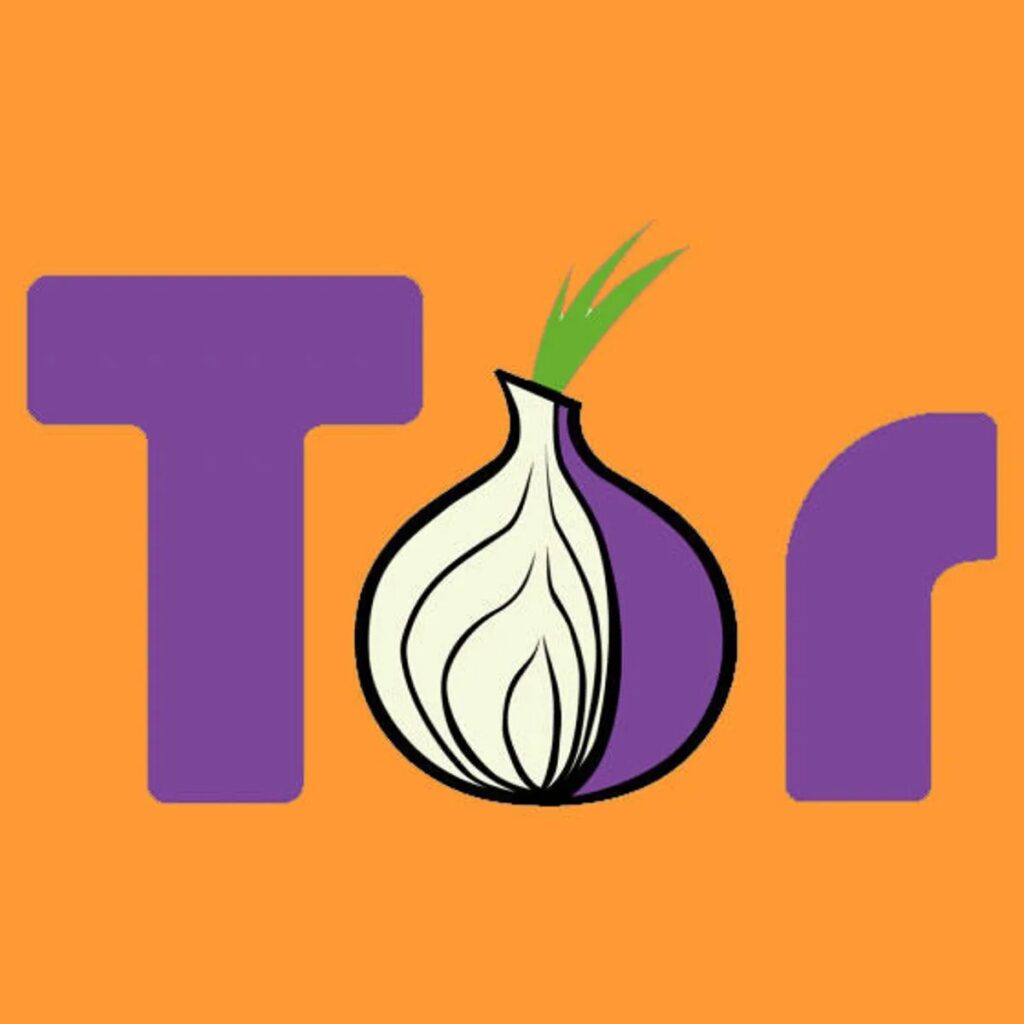

The World Wide Web content found on darknets—overlay networks that access the Internet but demand particular software, setups, or authorization—is known as the “darkweb.”
Private computer networks can interact and transact anonymously without disclosing personally identifiable information, such a user’s location, by using the dark web.Although the phrase “deep web” is occasionally used incorrectly to refer only to the dark web, the dark web makes up a minor portion of the deep web, which is the portion of the internet that search engines have not indexed.
Small, friend-to-friend networks and big, well-known networks like Tor, Freenet, I2P, and Riffle run by both private and public entities are among the darknets that make up the dark web. The regular web is referred to by users of the dark web because it isn’t encrypted, it is known as Clearnet. Under the network’s top-level domain suffix of .onion, the onion routing traffic anonymization technology is used by the Tor black web, also known as onion land.
The term “dark web” describes a portion of the internet that needs specialised software or setups to access and isn’t indexed by conventional search engines. Because of its anonymous qualities, which make it a shelter for cybercriminals, illegal marketplaces, and other malicious activities, it is frequently linked to illicit activity. It’s important to remember, too, that not everything on the dark web is unlawful; for example, activists, journalists, and whistleblowers can communicate anonymously. However, there are a lot of risks associated with using the dark web, such as being vulnerable to viruses, scams, and government police surveillance.
The deep web, or the portions of the internet that search engines do not index or index, is sometimes mistaken with the black web. It is unclear when the real dark web initially appeared, but the term “dark web” first appeared in 2009. A standard web browser can access the data on the surface web, which is all that many internet users utilise. A little portion of the deep web is made up of the dark web, to which access to its content needs specialised software. This misconception began, at the very least, in 2009. Since then, despite suggestions that they be used differently, the two phrases have frequently been used interchangeably, particularly in reporting on Silk Road.
Only networks designed expressly for the dark web, like Tor (“The Onion Routing” project”), can access the black web, sometimes referred to as darknet websites. Users of the darknet frequently utilise the Tor browser, and websites that are accessible through Tor are distinguished by the “.onion” domain. Users of Tor browsers can access the dark web anonymously by creating encrypted entry points and tunnels for them.
Identities and locations of darknet users stay anonymous and cannot be tracked due to the layered encryption system. The darknet encryption technology routes users’ data through a large number of intermediate servers, which protects the users’ identity and guarantees anonymity. The transmitted information can be decrypted only by a subsequent node in the scheme, which leads to the exit node. The complicated system makes it almost impossible to reproduce the node path and decrypt the information layer by layer.
Due to the high level of encryption, websites are not able to track geolocation and IP of their users, and users are not able to get this information about the host. Thus, communication between darknet users is highly encrypted allowing users to talk, blog, and share files confidentially. Dark web manages to perform all the illegal activities which can not be done on regular browser or internet. It is confidential information coder for top notch details and uses payment in the form of Bitcoin.

DARKWEB


